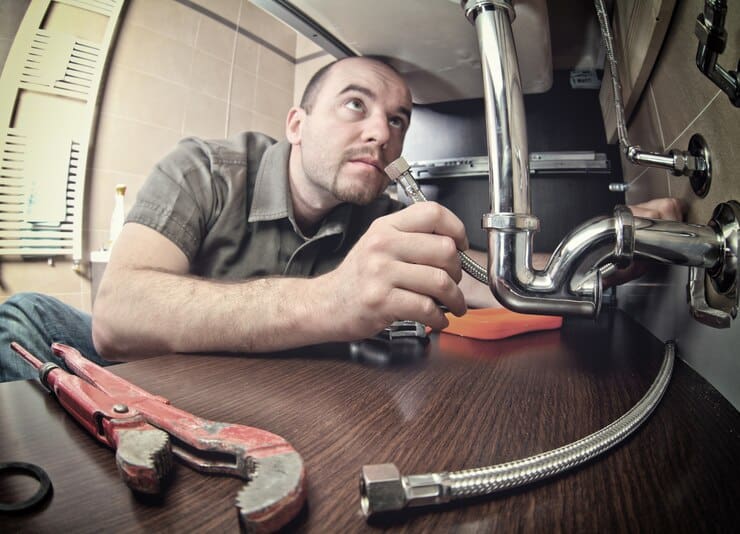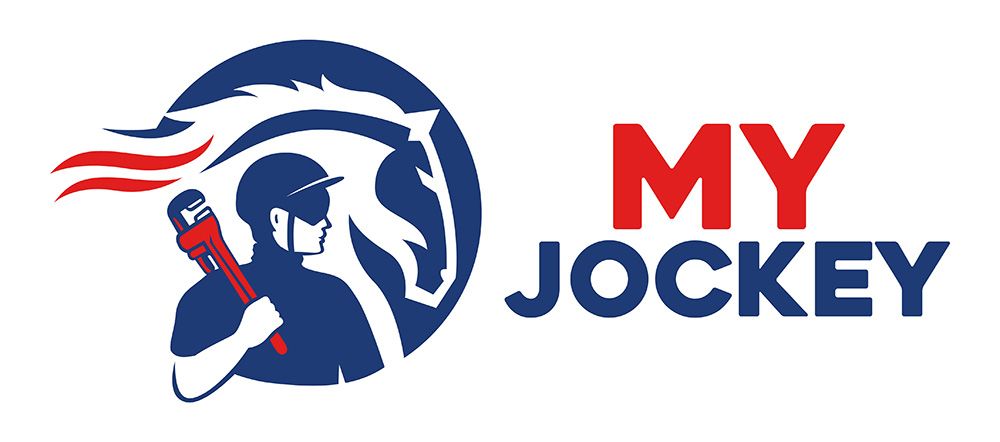
Plumbing problems can be annoying, disrupting our homes’ comfort and functionality. From the constant drip of a faucet to the frustration of a slow drain, these issues can turn daily routines into hassles. Fortunately, many common plumbing problems have simple fixes that don’t require a professional plumber.
This article will explore some straightforward solutions for common plumbing issues. We’ll cover tips for fixing a dripping faucet, unclogging a slow drain, stopping a running toilet, and repairing low water pressure. These easy fixes will help keep your plumbing system in good working order, making your home more comfortable.
Fixing a Dripping Faucet
A dripping faucet is a common issue that can drive you crazy and wastewater. Luckily, fixing it is usually a simple task you can handle with a few essential tools. Here are the steps to fix a dripping faucet:
1. Turn Off the Water Supply: The first step is to turn off the water supply to the faucet. You can usually find the shut-off valves under the sink. Turn them clockwise to close.
2. Remove the Faucet Handle: Use a screwdriver to remove the handle. Once the handle is off, you’ll see the valve stem or cartridge.
3. Inspect the O-ring and Washer: Often, a worn-out O-ring or washer is the culprit. O-rings are small rubber rings, and washers are found on the valve seat. Check for any signs of wear or damage.
4. Replace Worn Parts: Take the old O-ring and washer to a hardware store and buy matching replacements. Install the new parts and reassemble the faucet.
After completing these steps, turn the water supply back on and test the faucet. If the drip is gone, you’ve successfully fixed the problem. This basic repair can save you a lot of water and prevent further damage to your faucet.
Unclogging a Slow Drain
A slow drain in your sink or shower is another common plumbing problem that can be annoying. Fortunately, straightforward steps can resolve many slow drain issues.
1. Boiling Water: Sometimes, pouring a kettle of boiling water down the drain can dissolve grease and soap scum that causes clogs.
2. Baking Soda and Vinegar: Mix half a cup of baking soda with half a cup of vinegar for a more natural solution. Pour the mixture down the drain, wait about 15 minutes, and flush with hot water.
3. Use a Plunger: If boiling water and baking soda doesn’t work, use a plunger. Ensure you have a good seal around the drain and vigorously push it up and down.
4. Plumbing Snake: A plumbing snake might be necessary for more challenging clogs. Insert the snake into the drain and twist it to break up the clog. Pull out any debris that comes back with it.
5. Clean the P-Trap: If the drain is still slow, the clog might be in the P-Trap (the curved pipe under the sink). Place a bucket underneath, unscrew the P-trap, and remove any trapped debris.
Following these steps can clear a slow drain without calling a professional. Regularly cleaning and maintaining your drains can prevent future clogs and keep your plumbing system flowing smoothly.
Stopping a Running Toilet
A running toilet can waste a lot of water and drive you crazy with the constant noise. The good news is that fixing it is usually straightforward. Here are some simple steps to stop a running toilet:
1. Check the Flapper: The most common cause of a running toilet is a faulty flapper. The flapper is the rubber seal at the bottom of the tank. Water will constantly flow into the bowl if it doesn’t sit properly. Turn off the water supply, flush the toilet to empty the tank, and inspect the flapper. Replace it if it’s worn or damaged.
2. Adjust the Float: The float controls the water level in the tank. If the water level is too high, it will overflow into the overflow tube, causing the toilet to run. Adjust the float by bending the arm or turning the adjustment screw to lower the water level.
3. Inspect the Fill Valve: The fill valve controls water flow into the tank. If it’s not shutting off properly, the toilet will run. Clean any debris from the valve and adjust it as needed. In some cases, you might need to replace the fill valve.
4. Check the Chain: The chain connecting the flush handle to the flapper can cause issues. If it’s too short, the flapper won’t close completely; if it’s too long, it can get caught under the flapper. Adjust the length of the chain for a proper fit.
After completing these steps, turn the water supply back on and test the toilet. A running toilet can be a simple fix, but significantly affects water conservation and noise reduction.
Repairing Low Water Pressure
Low water pressure in your home can be frustrating, particularly when you’re trying to shower or wash dishes. Several common causes exist, and many of them have easy fixes.
1. Clean the Aerator: Low water pressure is often caused by a clogged aerator on your faucet. Unscrew the aerator, soak it in vinegar to dissolve mineral deposits, and scrub it clean with a brush.
2. Check for Leaks: Inspect your pipes for any leaks that could reduce water pressure. Even small leaks can make a big difference. Look for damp spots under sinks and on walls.
3. Flush the Water Heater: Sediment buildup in your water heater can cause low pressure. Flushing the heater can help remove sediment and improve flow. Turn off the heater, attach a hose to the drain valve, and let the water drain out. Once clear, refill the tank and turn it back on.
4. Examine the Pressure Regulator: Your home may have a pressure regulator near where the water line enters the house. It could be the source of your low pressure if it’s faulty. You might need to adjust or replace it.
5. Clear Clogged Pipes: Mineral buildup inside the pipes can restrict water flow. If cleaning the aerator doesn’t help, you might need to have your pipes professionally cleaned or replaced.
By tackling these common issues, you can often resolve low water pressure problems and enjoy a steady, strong water flow throughout your home.
Conclusion
Addressing common plumbing problems can make your home much more comfortable and help avoid costly repairs. Simple fixes like repairing a dripping faucet, unclogging slow drains, stopping a running toilet, and resolving low water pressure don’t always require a professional. By handling these issues alone, you can save time and money.
Your home’s plumbing system is essential for everyday activities, and keeping it in good shape is crucial. With some know-how and indispensable tools, many common plumbing problems can be resolved quickly and efficiently.
If you need a professional plumber in Saratoga Springs, NY, Jockey’s HVAC & Plumbing Services is here to help. Our experts are ready to provide top-notch service for all your plumbing needs. Contact us today to ensure your home’s plumbing system is running smoothly!
